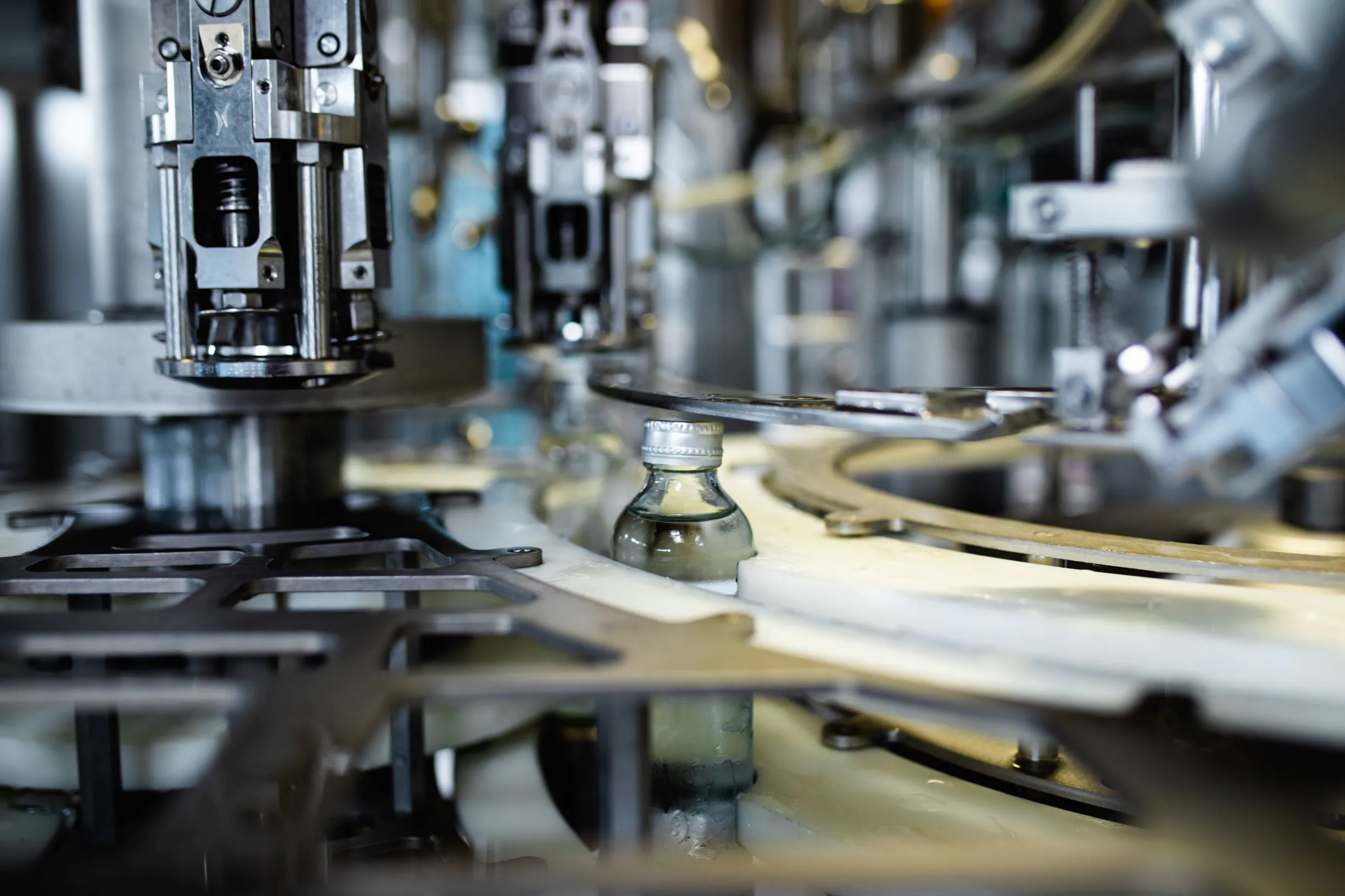
The evolution of mechanical engineering has driven numerous industrial innovations, transforming industries and creating a lasting legacy that continues to shape our modern world.
Mechanical engineering, dating back to ancient civilizations, evolved with the Industrial Revolution in the 18th century. This era introduced sophisticated machinery powered by steam, leading to major engineering feats like the steam engine and mechanized textile looms. These early innovations laid the groundwork for a profession that continues to evolve and contribute to industrial progress.
The steam engine, invented by James Watt in the late 1700s, revolutionized manufacturing and transportation by providing a reliable energy source. It eliminated the need for factories near water sources and revolutionized logistics with trains powered by steam engines, demonstrating how mechanical engineering could drive economic growth.
The 20th century ushered in the age of automation, which immensely benefited from advancements in mechanical engineering. The development of assembly lines by Henry Ford introduced the concept of mass production, making goods more affordable and accessible. Automated machinery in factories not only improved production rates but also significantly reduced human labor. Robots and computerized systems began to take over repetitive and dangerous tasks, promoting workplace safety and efficiency. Automation demonstrated how mechanical engineering could improve both productivity and working conditions, contributing to overall industrial growth.
Mechanical engineering has always been closely tied to the study and application of materials. The discovery and utilization of new materials, such as stainless steel and various alloys, have enabled engineers to design machines that are more durable, efficient, and versatile. Composite materials have further expanded the possibilities, allowing for lighter and stronger components. Advances in material science have played a crucial role in the development of aerospace, automotive, and medical engineering, showcasing the interdisciplinary nature of mechanical engineering and its broad impact on various industries.
The advent of computer-aided design (CAD) and simulation software marked a significant milestone in the field of mechanical engineering. These digital tools allow engineers to create highly accurate models and predict how they will perform under various conditions, reducing the time and cost associated with prototyping and testing. Finite element analysis (FEA) software can simulate stresses and strains on materials, helping to ensure that designs are both safe and functional. This digital transformation exemplifies how mechanical engineering continues to leverage new technologies to innovate and improve.
In recent years, mechanical engineering has increasingly focused on sustainability and environmental impact. Engineers are now tasked with developing technologies that reduce carbon footprints and preserve natural resources. This includes advancements in renewable energy sources like wind turbines and solar panels, which are designed to offer efficient and sustainable alternatives to fossil fuels. Energy-efficient machines and recycling systems are also being developed to minimize waste and improve lifecycle performance. Sustainable engineering practices represent the ongoing commitment of mechanical engineers to address the pressing environmental challenges of our time.
The application of mechanical engineering extends far beyond industrial machinery and automobiles. In the medical field, mechanical engineers are instrumental in developing life-saving devices and biomechanical systems. Innovations such as artificial joints, prosthetics, and sophisticated diagnostic equipment have significantly improved healthcare. Robotics-assisted surgery and advanced imaging technology have raised the standard of medical treatment, reducing recovery times and increasing the success rates of complicated procedures. These advancements underscore the diverse applications of mechanical engineering and its profound impact on human health and well-being.
Mechanical engineering’s journey from rudimentary machines to complex systems has been marked by continuous innovation and adaptation. Each breakthrough, whether it be the steam engine or CAD software, has built upon previous advancements to drive industries forward. The increasingly interdisciplinary nature of the field shows how mechanical engineers not only improve existing technologies but also pioneer new ones. As society faces challenges like climate change and healthcare needs, mechanical engineering will continue to play a pivotal role in providing solutions. The legacy of this field is one of relentless progress and enduring impact, ensuring that the innovations of today pave the way for a better tomorrow.